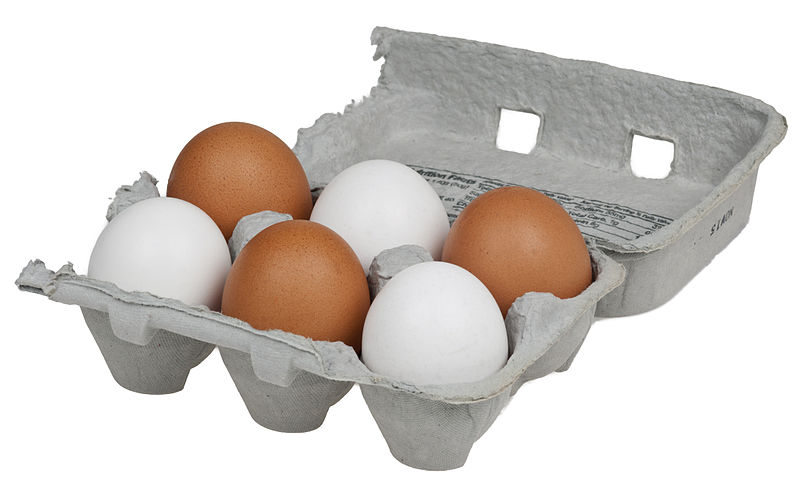Whether it’s soft-boiled, over-easy, scrambled, or poached, this is our tribute to – you guessed it – the egg! As I go on to ‘eggs-plain’ the ins and outs of eggs, I’m sure you’ll find that this is ‘eggs-actly’ what you’ve been waiting for!
Hens’ eggs come in shades of both white and brown. There is no difference in flavour or nutritional value between the two. Quite simply, the white egg comes from a white hen; the brown egg comes from a brown hen. But it’s what is inside the hard little shell that’s important. Each egg contains a membrane, a yolk, and whites.
Characteristics of the EGG
1. Egg Shell :
- The color of the egg shell is determined by the breed of the hen
- White feathers and white ear lobes yield white shells
- Red feathers and red ear lobes yield brown shells ]
- Brown eggs usually come from larger birds which require more food, therefore brown eggs are usually more expensive
2. Egg White :
- Albumen (egg white) in raw eggs is opalescent
- Cloudiness indicates the presence of carbon dioxide that has not yet escaped through the shell; this indicates a very fresh egg
- A yellow or greenish cast in raw whites may indicate presence of riboflavin (Vitamin B2)
3. Egg Yolks:
- Yolk color depends on the diet of the hen
- No artificial color additives are permitted
- Natural yellow-orange substances such as marigold petals may be added to light-colored feeds to enhance colors
4. Blood Spots :
- Occasionally found on yolks; caused by a rupture of a blood vessel on the egg yolk surface during formation of the egg
- Spot presence does NOT indicate a fertile egg
- As an egg ages, the yolk takes up water from the albumen to dilute the spot; therefore, a spot indicates a fresh egg
- Eggs with a spot is chemically and nutritionally fit to eat
Types :
1. Organic Eggs :
- Eggs from hens fed rations having ingredients that were grown without pesticides, fungicides, herbicides or commercial fertilizers
- No commercial laying hen feed ever contains hormones
2. Free-Range Eggs :
- True free-range eggs are those produced by hens raised outdoors or that have access to outdoors
- Due to seasonal conditions, few hens are raised outdoors
- Nutrient value unaffected (and NO better)
3. Fertile Eggs :
- Eggs which can be incubated and developed into chicks
- Not more nutritious, do NOT keep as well, and are more expensive to produce
4. Egg Size : (Influencing Factors)
- As hens age, egg sizes increase
- Environmental factors that lower egg weight: heat, stress, overcrowding, poor nutrition
- Egg sizes: Jumbo, Extra Large, Large, Medium, Small, Peewee
- Sizes are classified according to minimum net weight in ounces per dozen (oz/dz)
Freshness Test





